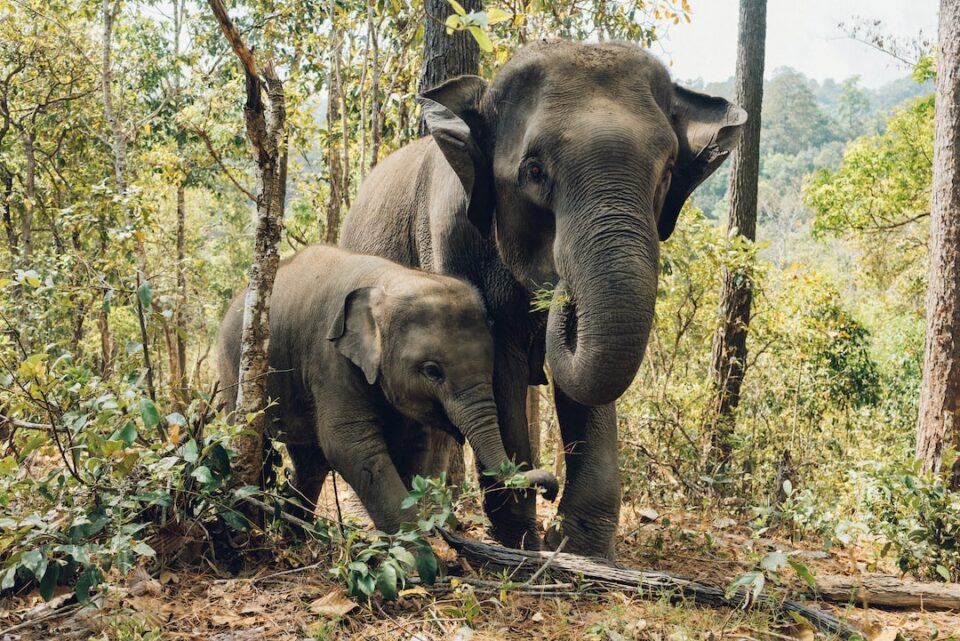Insects hold a unique place in the natural world, captivating and intriguing both scientists and everyday nature enthusiasts. With their incredible diversity and astonishing adaptations, these creatures offer an endless source of fascination for anyone willing to delve into their world. From the tiniest ants to the colorful butterflies and the resolute beetles, insects continue to astonish and amaze researchers and nature lovers alike.
One of the most striking aspects of insects is their incredible diversity. With over a million known species and likely many more yet to be discovered, insects make up the largest and most diverse group of animals on Earth. They can be found in almost every habitat on the planet, thriving in environments that would be inhospitable to other forms of life. Whether it’s the delicate lacewings floating through the air, the busy bees diligently pollinating flowers, or the industrious termites building towering mounds, insects have successfully adapted to a wide range of ecological niches.
Adaptation is one of the key elements that make insects so fascinating. Over millions of years of evolution, they have developed countless unusual and specific adaptations that enable them to survive and thrive in their particular habitats. Take, for example, the leaf insects, which perfectly mimic the shape and color of leaves to blend seamlessly into their surroundings, making them virtually invisible to predators. The camouflage is so effective that they can often be overlooked even by the most diligent observers.
Another fascinating adaptation is the incredible resilience of insects. They have survived multiple mass extinctions and have continued to thrive, even in the face of catastrophic events like volcanic eruptions or climate change. Their small size and high reproductive rates contribute to their ability to bounce back from adverse conditions, allowing them to quickly recolonize an area after a disturbance.
Insects are also masters of coexistence and symbiosis. They have developed intricate relationships with plants, other insects, and even animals, forming mutually beneficial alliances and partnerships. Take, for example, the relationship between ants and aphids. The ants protect and care for the aphids, while the aphids provide the ants with a sugary substance they produce. This mutually beneficial arrangement represents just one of many examples of the complex and interconnected web of life that insects are a part of.
In conclusion, the fascinating world of insects offers a glimpse into the immense diversity and incredible adaptations that the natural world has to offer. From their remarkable ability to survive and thrive in diverse habitats to their intricate relationships and partnerships, insects continue to inspire and amaze researchers and nature lovers alike. Exploring their world can reveal an astonishing array of wonders, and there is still so much more to discover and understand about these small but mighty creatures.

